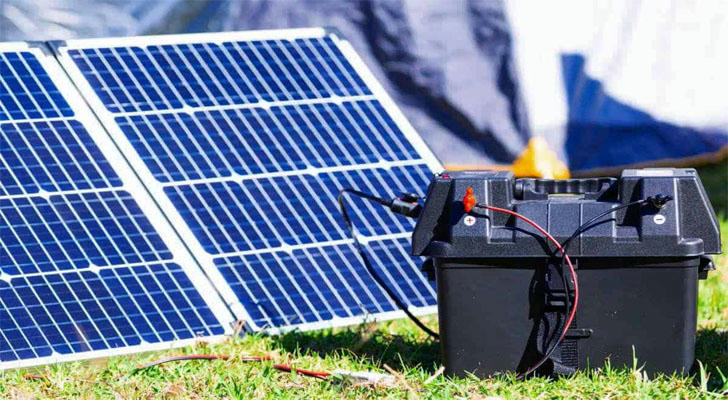Analysis of the latest solar battery policy in 2024
Australia has always been one of the leading countries in the world in promoting the development of renewable energy. In order to further promote the use of renewable energy and achieve the two important climate goals of 2035 and 2050, New South Wales (NSW) announced a series of new incentives that will take effect on November 1, 2024. These policies are mainly aimed at households and businesses that have installed rooftop solar energy, and through a series of subsidies and incentives, they encourage the installation of home battery storage equipment and the connection of virtual power plants (VPPs).

I.Main incentives of the new policy
1.Battery storage equipment subsidy
The new incentive policy first provides significant battery installation subsidies for households and businesses that have installed rooftop solar energy. Specifically, eligible users can save A$1,600 to A$2,400 on the initial installation cost of battery storage equipment. The amount of this subsidy depends on the capacity and scale of the installed battery, and is intended to help households and businesses more easily afford the initial investment cost of the energy storage system.
The introduction of this subsidy will undoubtedly significantly reduce the threshold for home battery energy storage systems, enabling more users to store excess solar energy during the day to meet demand at night or during peak electricity consumption. For solar users, this means not only increasing the utilization rate of their own power generation, but also further reducing electricity costs by reducing dependence on the grid.
II.Virtual Power Plant (VPP) Connection Incentive
It’s easy and convenient to participate in HearingLife’s free hearing aid trial program. Just follow these steps to enjoy a risk-free 30-day hearing aid experience:
n addition, the policy also encourages users to connect their installed home battery storage devices to a virtual power plant (VPP). VPP is a system that integrates decentralized solar power generation and energy storage equipment into a virtual network, which can help the grid better distribute and utilize energy during peak hours. By joining the VPP, users can not only better utilize their stored energy, but also contribute to the stability of the grid across the state.
To encourage this move, the new policy provides additional incentives for households and businesses connected to VPP. Specifically, users can receive a cash reward of 250 to 400 Australian dollars. The amount of this reward also depends on the size and performance of the battery energy storage device, and this reward mechanism can be paid in two installments after meeting the conditions, with an interval of at least three years.
This additional reward will further encourage users to join the VPP, thereby increasing the energy storage resources of the entire grid. This is not only beneficial to individual users, but also can effectively reduce the use of fossil fuel power generation during peak hours through collective action, and promote the transition of the state to a more sustainable energy system.
III.Opportunities for non-solar users
It is worth noting that this incentive policy is not only for users who already have solar systems, but also provides opportunities for those households and businesses that have not yet installed solar energy to enter this market. For these users, they can choose to install a new solar power generation system and home battery energy storage equipment, and include incentives in the installation quotation. This means that new installation users can also enjoy battery subsidies and VPP rewards, and directly reduce initial costs through discounts provided by installation suppliers.
IV.How to obtain incentives
To ensure that they can successfully obtain incentives, households and businesses need to cooperate with approved suppliers. These suppliers will provide prepaid discounts to eligible users in accordance with policy regulations to reduce the initial installation costs of battery systems. Cooperating with approved suppliers is not only one of the conditions for enjoying subsidies, but also ensures that users can obtain professional installation services to ensure the quality and subsequent operation and maintenance of the system.
When choosing a supplier, users should note that the products, services and incentive mechanisms provided by each supplier may be different. Through multiple comparisons, users can find the commercial solutions and product configurations that best suit their needs, ensuring that they get the best installation solutions and service quality while enjoying policy incentives.
V.Conclusion
The new incentive policy that will take effect on November 1, 2024, provides significant economic support and technical incentives for households and businesses in New South Wales. Both users who have installed solar systems and users who plan to install new solar and batteries can benefit from this policy. By reducing the installation cost of battery storage equipment, encouraging VPP connections, and providing new options for non-solar users, this policy will play a key role in promoting the popularization of solar power generation and improving grid stability, and lay a solid foundation for achieving long-term climate goals across the state.
